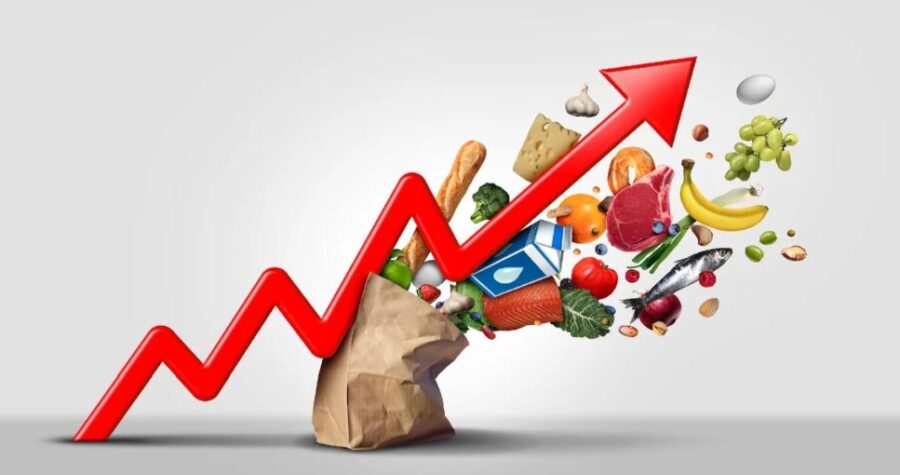The low-to-middle income sovereigns in the MENA region will be among the worst hit by rising food prices and supply shortages that could last through 2024, according to the financial services firm S&P.
According to the report, the conflict between Russia and Ukraine, which are among the top three global exporters of wheat, maize, rapeseed, sunflower seeds, and sunflower oil, has sent global food prices surging to a new all-time high.
The Food and Agriculture Organisation (FAO) Food Price Index, which tracks price changes of food commodities, climbed further to 12.6 percent month-on-month in March to 159.3 points, the highest since 1990.
While international markets may view the fallout of the Ukraine war on food inflation as a short-term impact, S&P said “the shock to food supply” will last through 2024 and beyond.
It said some countries could get hit by rating downgrades, citing that there will be negative implications for emerging market economies, particularly on the gross domestic product (GDP), fiscal performance, and social stability.
Among those that are most susceptible to war-induced disruption to ports and processing activities are the four Arab states – Morocco, Lebanon, Egypt, and Jordan – which rely “nontrivially” on Ukraine for their food supply.
“The potential impact… on sovereign credit ratings will depend upon, among other things, the extent and severity of the food shock, the ability of governments to minimize the social and economic costs, and international efforts to help the affected countries,” S&P said.
“Although many of the sovereigns most exposed to this risk already have very low credit ratings, the negative economic or political fallout of the food shock could contribute to rating downgrades.”
As to why rising food inflation and supply shortages could drag on for years, S&P noted that the conflict in Ukraine is lasting longer than most expected. Due to labor and input shortages in Ukraine, farm harvests this year have already been disrupted and the 2023 crop is likely to be jeopardized as a result.
The prices of fertilizers, machinery, and other inputs are rising as well, thus putting additional costs on production for future years’ harvests. Fertilizer and food exporters, particularly those in Russia, are likewise imposing tighter export controls.








